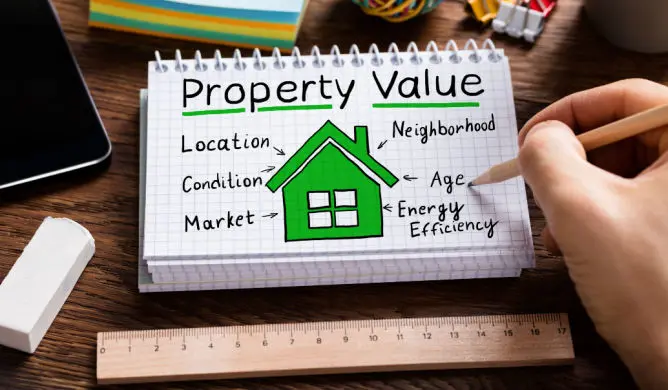New data from personal finance marketplace and advice company Compare Club reveals that the number of homeowners who are struggling to refinance due to serviceability issues has doubled from 15% to 30% in less than six months
In addition, the number of refinancing enquiries from Australian mortgage holders with a loan-to-value (LVR) ratio of 90% or more, which makes refinancing hard or impossible, is now at its highest level since interest rates began to rise.
Banks are far less likely to offer competitive rates to people with an LVR of 80% or above and will often insist the homeowner also pay thousands more dollars to cover the cost of Lenders Mortgage Insurance (LMI). This has the effect of locking people into a “mortgage prison” as they will be unable to access lower interest rates, stretching their household budget to breaking point.
Compare Club’s analysis of over 49,000 refinancing enquiries shows an alarming upward trend of 90% or higher LVRs since April 2023.
The graph below shows that 90%+ LVRs typically hovered between 12% - 20% of enquiries up until the back end of 2022 when there was a spike due to many cheap 2 year fixed-term loans expiring. But in April, these suddenly jumped to 38% of all refinance enquiries and in July, 90%+ LVR mortgages made up nearly 60% of enquiries.

Comparing data* between June 2023 and March 2022 - before the Reserve Bank of Australia raised the cash rate by 4% - shows that the number of refinance enquiries from homeowners with 90%+ LVR has more than tripled.

The data suggests homeowners are being squeezed by a number of different pressure points on their mortgage. Some of these points include:
Property prices have dropped in some suburbs as interest rates started to rise, which can increase the LVR.
Homeowners switching to interest only loans. By not reducing the amount borrowed, it leaves these homeowners vulnerable to an increase in LVR if their property drops in value even slightly.
First time buyers who borrowed at the absolute limits of what they could afford when the cash rate was just 0.1%, which allowed them to take out a larger loan than they’d qualify for today. These homeowners won’t have reduced their loan by much and are also vulnerable if property prices drop.
Reduced borrowing capacity due to lenders now including items such as Buy Now Pay Later and student debt when assessing loan applications.
The state-by-state breakdown* shows that Victorian and WA residents are potentially struggling the most, with the average LVR for refinance enquiries sitting at 80% - this is right on the limit for being charged Lenders Mortgage Insurance if they look to switch lenders.
Victoria has also seen the highest jump in average LVR from 58% in March to 80% today, suggesting many homeowners in the state are struggling to reduce their home loan repayments.

"The sharp spike in homeowners with a high loan-to-value ratio in just a few months really shows just how financially stretched many Aussie households are right now and even if we're close to the peak of cash rate rises, that's cold comfort to the thousands of mortgage holders stuck on a rate of 7% or higher,” says Compare Club Head of Research & Insights, Kate Browne.
"It's doubly disheartening for those people who see rates advertised at one or two percent lower than they're currently paying, but their higher LVR or other serviceability issues are stopping them from lowering their home loan repayments, but that doesn't mean they should despair.
"There are simple tactics you can employ to try and lower your repayments, such as speaking to your bank or a broker.
"Banks really don't want to have to repossess your house, so they may offer you a slightly lower rate that can give you a bit of breathing room.
"It won't be the best rate you can get, which is why engaging a broker as early as possible can really help. They'll have access to lenders you won't find on the high street and will know which lenders have a higher risk appetite or value properties differently from Australia's big four banks.
"There's no way to sugar coat this data for the 800,000 Aussies who have already rolled off or are about to roll off a cheap fixed rate loan but there are steps you can take to reduce some of the financial pain and with property prices in flux, some of those struggling today may be able to access better rates tomorrow,” said Browne.
Notes to editors
Figures quoted in release are accurate as 09/08/2023
What is LVR?
LVR measures the value of your property against the size of your loan. Banks use this LVR percentage to assess the risk of your loan, with a higher LVR representing a higher risk of default, and an LVR above 80% often requires the homeowner to pay for Lenders’ Mortgage Insurance (LMI) when they refinance. LMI can run into tens of thousands of dollars, meaning there is little to no cost saving when refinancing.
Media enquiries
Marietta Delvecchio & Cassandra Geselle Media + Capital Partners press@compareclub.com.au


































